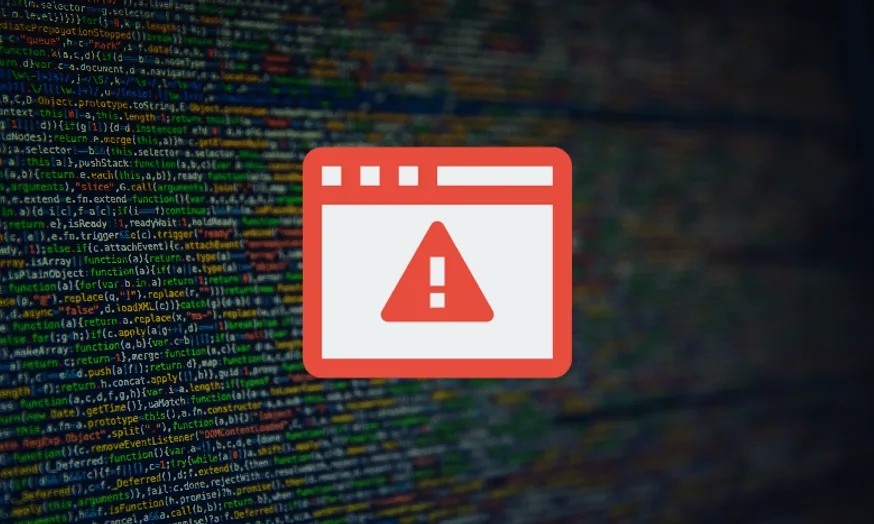Your cart is currently empty!
2024 Cybersecurity Statistics. Unheard-of Growth in Global Cyber Attacks

The digital landscape is facing a relentless surge in cyber threats, with the rise of malware attacks.
In 2024, approximately 6.9 billion malware attacks were recorded worldwide, reflecting a 15% increase compared to 2023.
In 2024, approximately 21 million websites were infected with malware, reflecting a 13% increase compared to 2023.
In 2024, social media accounts continued to be prime targets for cyberattacks.
In 2024, approximately 1.4 billion social media accounts were attacked, reflecting the scale of these attacks.
A concerning trend in cybercrime is the growing use of artificial intelligence (AI) in facilitating attacks. AI has become an invaluable tool for cybercriminals, automating and enhancing their malicious activities. By using AI, attackers can now conduct strikes that are faster, more efficient, and harder to detect. The automation of cyberattacks, powered by AI, means that cybercriminals can exploit vulnerabilities at an unprecedented scale, with fewer resources and greater precision. The sheer speed at which these attacks are launched and executed makes it difficult for traditional cybersecurity defenses to keep up.
The financial implications of these cyberattacks are immense. In 2024, global financial losses due to cybercrime reached an eye-watering $10.5 trillion.
With increasing numbers of organizations and individuals falling victim to cybercrime, the economic burden continues to rise, emphasizing the need for stronger protective measures.
Cybercrime is not just a threat to large corporations but also to small businesses and individuals. For many, the financial losses go beyond just the immediate cost of recovering from an attack. The damage to reputation, the loss of customer trust, and the long-term effects on business operations can be devastating. As a result, the economic fallout from cybercrime is far-reaching and deeply impactful on a global scale.
In response to the ever-growing threat of cybercrime, the use of protective cybersecurity measures has seen a significant increase in recent years. Businesses and individuals are more aware than ever of the risks posed by cyber threats, prompting them to adopt more robust security protection. Governments and regulatory bodies have also started to take stronger stances on cybersecurity.
The sharp rise in cyberattacks in 2024 serves as a powerful reminder of the need for comprehensive, proactive cybersecurity measures. With billions of attacks, millions of compromised websites, and a staggering number of social media accounts, the digital landscape is under constant threat. The increasing use of AI by cybercriminals only adds to the challenge of keeping digital spaces safe.
As we continue to integrate technology into every aspect of our personal and professional lives, the importance of strengthening our defenses against cybercrime cannot be overstated.
The consequences of inaction are too great to ignore. Cybersecurity is no longer just an option; it is a necessity for survival in the digital age.

